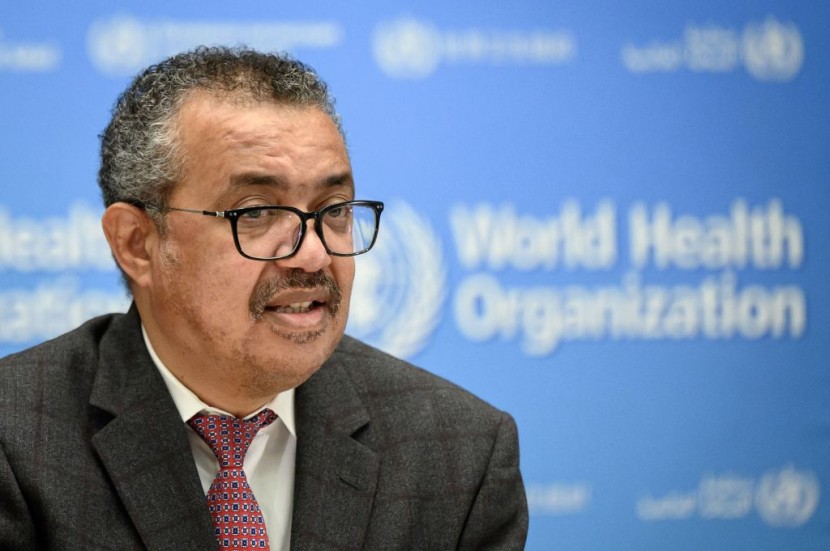
World Health Organization Director-General Tedros Adhanom Ghebreyesus on Wednesday said that Ethiopia's conflict-ridden province of Tigray was suffering the worst humanitarian and man-made disaster on Earth, claiming that lack of support is due to "skin color."
The official said that there were more than 6 million people in Tigray that have been under siege by Ethiopia and Eritrea for the last two years. Ghebreyesus noted that the people have been sealed off from the outside world with no electricity, no banking services, and only limited fuel supplies.
Tigray Humanitarian Crisis
The WHO chief said that a trickle of food aid and medicine has been reaching the beleaguered northern province since a truce between the Ethiopian government and Tigray rebel forces was declared late in March. However, Ghebreyesus noted that the population was still facing multiple outbreaks of diseases, including malaria, anthrax, and cholera.
In a statement, the medical professional said, "Nowhere in the world would you see this level of cruelty, where a government punishes 6 million of its people for more than 21 months by denying them basic services," as per VOA News.
The 57-year-old was not a neutral observer of the Tigray conflict as he is a native of the region and previously served as a Tigray regional health official in the early 2000s. He later spent more than a decade in the Ethiopian government, first as a minister of health, then later as minister of foreign affairs.
Ghebreyesus noted that peace talks for the Tigray conflict are still ongoing but added that they are leading nowhere because powerful countries in the developed world are not using their influence to make it happen.
According to the Associated Press, the WHO chief also described the Ukraine invasion as a crisis that has the global community potentially "sleepwalking into a nuclear war" that could be "the mother of all problems." However, Ghebreyesus argued that the situation in Tigray was much worse.
Regional War
He noted that in the last few months, he has not heard any head of state talking about the Tigray situation. He claimed that the reason for this was the skin color of people in the region. The Ethiopian conflict began in November 2020 and little humanitarian aid has arrived in Tigray after rebel forces retook much of the region in June 2021.
The resumption of basic services and banking remains a key demand of the Tigray regional leaders but journalists have not been allowed inside the region. Despite the situation, the International Committee of the Red Cross said in recent months that there have been shipments of some medications.
Ghebreyesus also called on both the Ethiopian and Russian governments to end the crises in Tigray and Ukraine, respectively. The WHO chief claimed that they could make it happen if they wanted to.
Since the beginning of the war in the Ethiopian region, Prime Minister Abiy Ahmed ordered troops into Tigray to topple the Tigray People's Liberation Front, accusing rebels of attacking federal army camps. The northernmost region of Tigray has also suffered food shortages and access to basic services, Aljazeera reported.
Related Article:








